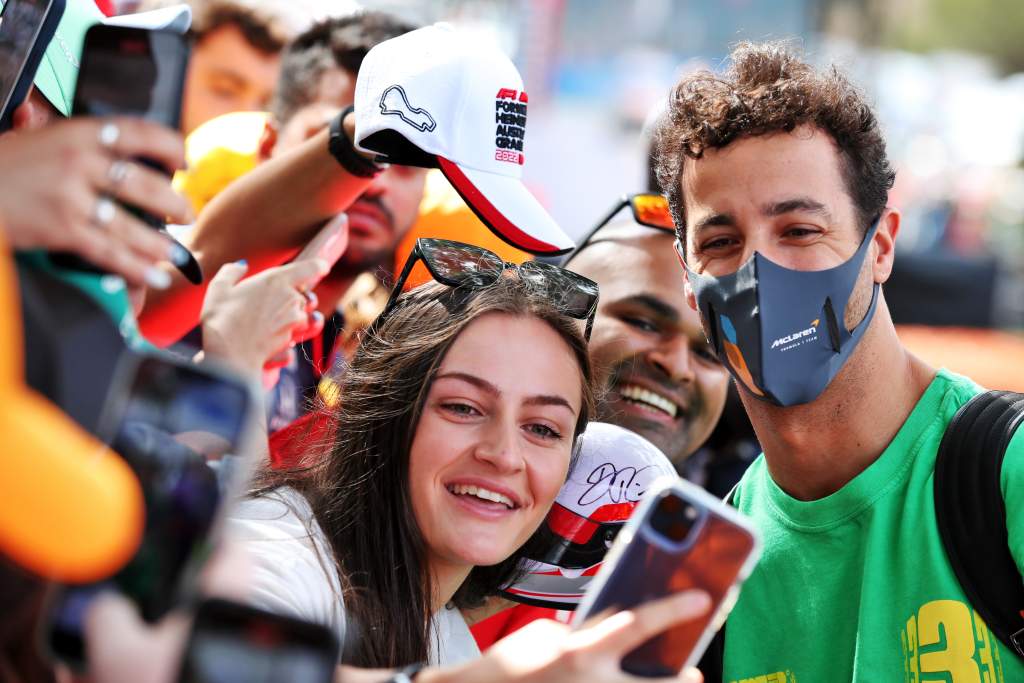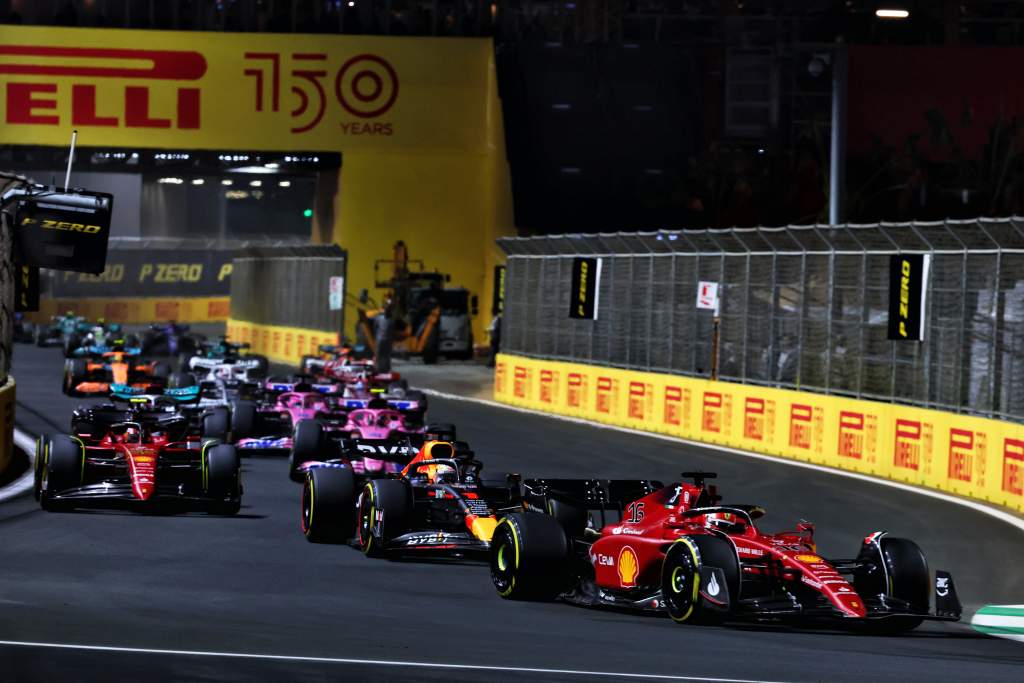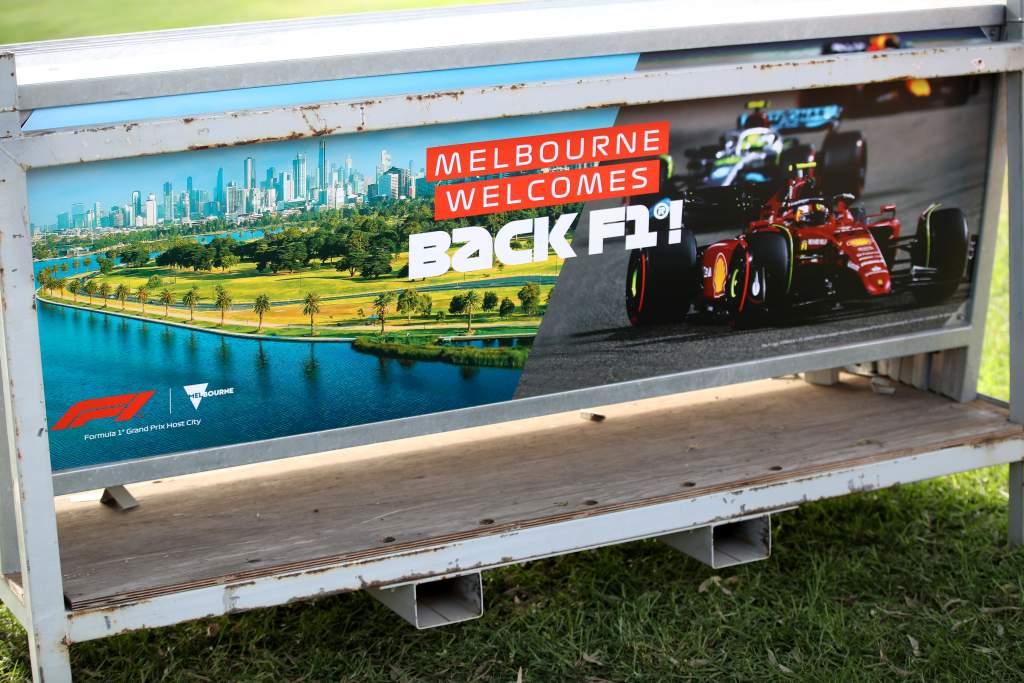The Australian Grand Prix has been missed. Formula 1’s collective joy at being back in Melbourne is visible at almost every turn.
After two years away and three years since a race, there’s obviously a massive local appetite for this grand prix. This should be one of Melbourne’s biggest-ever turnouts, matching the inaugural event in 1996 for the full weekend.
Even in the absence of the usual season-opener intrigue, there is a different kind of anticipation: the next instalment of Max Verstappen vs Charles Leclerc; how the new circuit will improve the show; the fortunes of home hero Daniel Ricciardo.

Inside the F1 bubble, the vibe is similarly upbeat. Being back in Australia is an intangible feeling with a tangible consequence: smiles, enthusiasm and lots of positive talk.
In an ideal world, all F1 races would have this. In a commercial-led reality, they don’t.
There will be a new United States race in Las Vegas, for example, on a street track designed specifically to incorporate existing landmark. A mix of glitzy and corporate infrastructure around the new Miami Grand Prix was revealed earlier this week, for a track built around a massive stadium.
Get to know the @F1Miami @cryptocom campus, coming soon to @HardRockStadium 🏎 pic.twitter.com/2ISZhoeIWv
— Tom Garfinkel (@TomGarfinkel) April 4, 2022
Melbourne’s races haven’t usually been that exciting, of course. But it’s a track that drivers like and everything else around the event goes a long way to offset that. Vegas and Miami will have to find a way to balance style and substance, otherwise, they could contribute to F1’s bottom line but not a lot else.
A factor that amplifies the qualities Australia has to offer F1 is that this race follows a Qatar-Saudi-Abu Dhabi-Bahrain-Saudi run of grands prix across the 2021/2022 seasons, which creates an unavoidable juxtaposition.

F1 is a global championship and it should embrace as many continents and regions as possible. It would be disrespectful to sneer at races in places without heritage and question their place. It would also be wrong to suggest they offer nothing beyond the obvious commercial benefits.
Bahrain is a long-standing F1 race now, on the calendar since 2004. It is establishing its own F1 heritage and has a track that puts on a good race. Jeddah, for all Saudi Arabia’s problems and the track’s own safety concerns, is another venue that lends itself to a good sporting spectacle.
However, they do have shortcomings as events. It’s often not for a lack of trying. But Bahrain pales in comparison to Mexico. Abu Dhabi is not like Singapore.
Therefore, they are not as celebrated. There are valid reasons for that, whether it’s the quality of the track (a particular problem for Abu Dhabi), broader serious issues like human rights, or specific circumstances like the security of the event.
The atmosphere in Melbourne this week is a world apart from the tension that dogged the paddock at times in Saudi Arabia two weeks ago, where a nearby missile strike added to the general unease at racing in the country.
Many in F1 were relieved when that event was over and there is an open question over how many are truly comfortable going back. Australia couldn’t have triggered more opposing emotions.
It is a powerful contrast. And in an ever-changing climate for the F1 calendar amid a constant expansion, with several races like those in the Middle East inking long-term deals, it’s a timely reminder of what separates a good grand prix from a great one.

We had a hint of this last year when races in Austin, Mexico City and Brazil returned to the calendar after a COVID-enforced hiatus. When F1 returns to Canada, Singapore and Japan there will be a stellar response to F1, and from those within it.
These are races that tick a few vital boxes: somewhere that loves F1, somewhere F1 loves going, a local/national community that buys wholeheartedly into the race and (important but not essential) a grand prix that has a heritage boosted by a healthy history of top-class drivers past and present.
It is important for F1 to be back in Australia. A few races come with heightened anticipation, an explosion of emotion, and an atmosphere that cannot be forced.
After two years on the sidelines, F1 has one of those races back.

